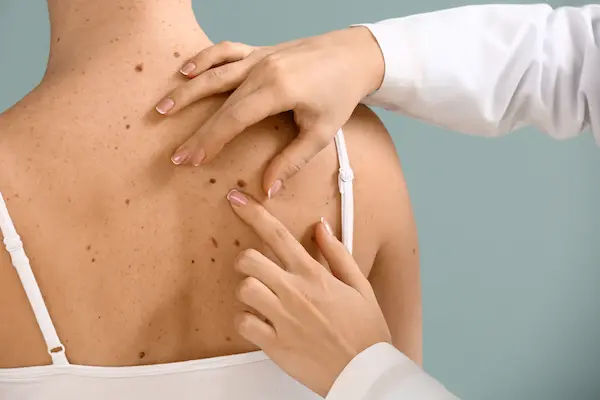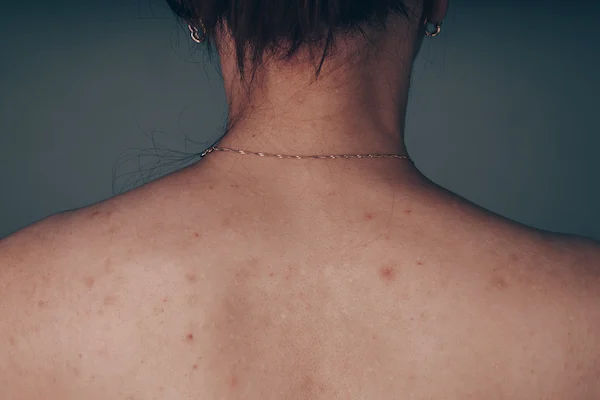- female
- 18 Years
- 22/01/2025
I've been dealing with acne issues and had been using clin3 clindamycin nicotinamide gel on my face for about four years. I stopped using it for about 23 weeks to try out some natural treatments, but my skin reacted badly since it's really sensitive and allergic to stuff like steam and lemon. I ended up with redness and itching after trying the natural route. I did use honey and multaani mitti, which didn't react but didn't really help either. So, I went back to using the clin3 gel, but now my face is swollen and sometimes itches. What should I do now? Can you help me out with some advice?
Answered by 1 Apollo Doctors
Acne Management: For managing acne long-term, its essential to use a consistent treatment plan that works for your skin. If youve been using Clin3 successfully for years, discuss with your dermatologist whether you should resume it or try an alternative that may be less irritating.
Patch Test: If you're trying any new treatment (natural or over-the-counter), always do a patch test on a small part of your skin first to check for any allergic reactions.
Dr. Ibrahim Suggests...
Consult a Dermatologist
Answered 04/07/2025
0
0

More Dermatology Health Queries
View allI've been having some issues after using Onabet cream on my private area. My skin feels really dry and hard now. I've tried using Boro cream to add some moisture, but I'm really worried about how uncomfortable it still is. Could you please give me some advice on what to do next?
Lulican cream for local application for atleast 2 weeks is advised to the patient.
Answered by 1 Apollo Doctors
I'm really worried about my left leg's thumb. My nail had come off completely before, and now that it's grown back, it's digging into my skin from both sides and causing a lot of pain. I can't even bear to touch the area around it. What should I do about this?
t sounds like you're experiencing pain and discomfort in your left leg thumb, specifically near the nail portion. This pain is likely due to an ingrown toenail. Causes of Ingrown Toenails 1. Improper nail trimming or cutting 2. Tight or poorly fitting shoes 3. Genetics 4. Poor foot hygiene 5. Sweating or moisture accumulation Symptoms of Ingrown Toenails 1. Pain, tenderness, or swelling around the nail 2. Redness or inflammation 3. Increased sensitivity 4. Pus or discharge (in severe cases) Home Remedies and Self-Care 1. Soak your foot in warm water for 15-20 minutes, 2-3 times a day 2. Dry the area thoroughly, especially between the toes 3. Apply an antibiotic ointment and cover with a bandage 4. Wear loose, comfortable shoes and socks 5. Trim your toenail straight across, avoiding cutting the corners Medical Treatment If your symptoms persist or worsen, consult a doctor or podiatrist. They may: 1. Prescribe antibiotics to treat infection 2. Recommend over-the-counter pain relievers 3. Perform a minor surgical procedure to remove the ingrown portion of the nail 4. Provide guidance on proper foot care and nail trimming techniques When to Seek Medical Attention 1. Severe pain or swelling 2. Pus or discharge 3. Increased redness or inflammation 4. Fever or chills 5. Difficulty moving the affected toe
Answered by 1 Apollo Doctors
I'm a bit confused about how to use Salytar solution for my dandruff. Should I dampen my hair before applying it, or is it fine to just put it straight on dry hair? And after I apply it, do I need to wash my hair with shampoo or will rinsing with water be enough?
apply it on damp hair and wash it off with water and follow your doctors advice
Answered by 1 Apollo Doctors
Disclaimer: Answers on Apollo 247 are not intended to replace your doctor advice. Always seek help of a professional doctor in case of an medical emergency or ailment.
.webp)



